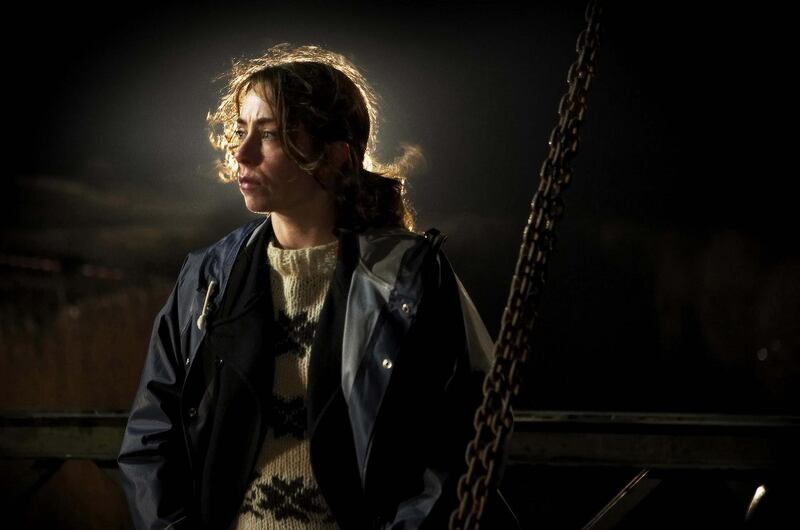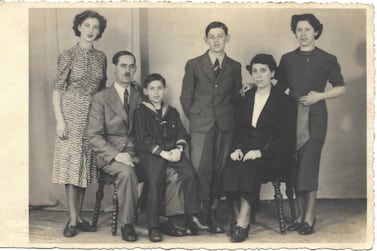It starts, as all Scandinavian crime dramas seemingly must, with a grizzly discovery in countryside shrouded in darkness. An ageing policeman creeps into a creaking farmhouse and finds body upon mutilated body. Forming the backdrop to this unsettling scene are countless disquieting chestnut dolls, unfinished and malformed. The scene is set for another compellingly grim, emotionally taut journey deep into Nordic noir.
If The Chestnut Man conforms to genre expectations immediately, you can hardly blame author Soren Sveistrup for returning to such fertile – or should we say fetid – ground. After all, this is essentially how his hit television show The Killing began – a young girl running through birch trees pursued by her attacker, her body later found by police in the boot of a car pulled from a canal. But The Killing was a genuine phenomenon at the beginning of this decade. It was a Danish cop drama with a dysfunctional female protagonist, Sarah Lund, compelling characters and a believable political backdrop.
Lund's line in natty jumpers even sparked a fashion trend and the three series subtitled in English were watched by millions. There was a US version and English crime-writer David Hewson even wrote a satisfying literary novelisation of a show that was less a whodunnit than the story of a couple grieving for their daughter, a country suspicious of its politicians and a detective working through her demons.
As Sveistrup said, he constantly had a phrase from German philosopher Friedrich Nietzsche in his mind: "He who fights with monsters should be careful lest he thereby becomes a monster. When you stare at the abyss, the abyss stares back at you."
This thoughtful, almost novelistic approach meant that an actual novel from Sveistrup was always likely. However, in the pre-publication publicity for The Chestnut Man, the Dane, 51, revealed that it was written (and put on hold) in the midst of a breakdown, for which he has sought therapy.
Whether such a troubling time was precipitated by the pressure of producing work as good as The Killing, or the baggage of his early life (he found out he was adopted at 13, and his mother committed suicide when he was 21) is something Sveistrup is still working out. But you can feel the torment of loss and rejection in the pages of The Chestnut Man.
It feels unkind to say his debut is better for it, but this is a big, dark Scandinavian crime novel in the best traditions of Stieg Larsson, Henning Mankell and Jo Nesbo.
Whether it is distinct enough from The Killing or any other Scandi drama is a moot point. Set in Copenhagen, our hero is Naia Thulin – another unconventional female detective with plenty of cool attitude – although she's actually more reminiscent of another popular Scandi television detective, Saga Noren from The Bridge.
When Thulin finds a chestnut doll at the murder scene of a female dentist, it's the spark she and troubled former Europol detective Mark Hess need to delve deeper. Fingerprints on the doll connect it to the case of the missing 12-year-old daughter of high-ranking politician Rosa Hartung, which would be a decent lead if that case didn't already have someone serving a life sentence for murder).

And with that familiar set-up, we're off on a mammoth serial-killer thriller that, in the best traditions of The Killing, isn't afraid to throw in a number of red herrings, dabble with the secrets of politicians and offer elements of social realism in the diverse (and extensive) character mix. It's compelling, page-turning stuff and the hand of an award-winning screenwriter is certainly at play here in the tight plotting, albeit Sveistrup's history in television is sometimes a bit too evident – Caroline Waight's translation often reads like a bulked-up script.
It's telling that Sveistrup hopes The Chestnut Man might be a TV series. For all the believable relationships and domestic drama, some of the best elements of Sveistrup's writing in The Killing are missing here. While the series exposed political corruption through murder, the killings of women in The Chestnut Man seem to be sadistic for the sake of it.
Ultimately, some of these more explicit, unsettling elements are problematic; it's not that The Chestnut Man needs to come with a warning, but rather that the gruesome images seem to be shoehorned into the story for no other reason than to titillate. The natural editing process that happens for mass-market television is not evident here, and perhaps it should have been.
The Chestnut Man is still a fine genre example of Nordic noir, it's just that The Killing showed Sveistrup can be rather more original than that.
The Chestnut Man (Michael Joseph) is out now







